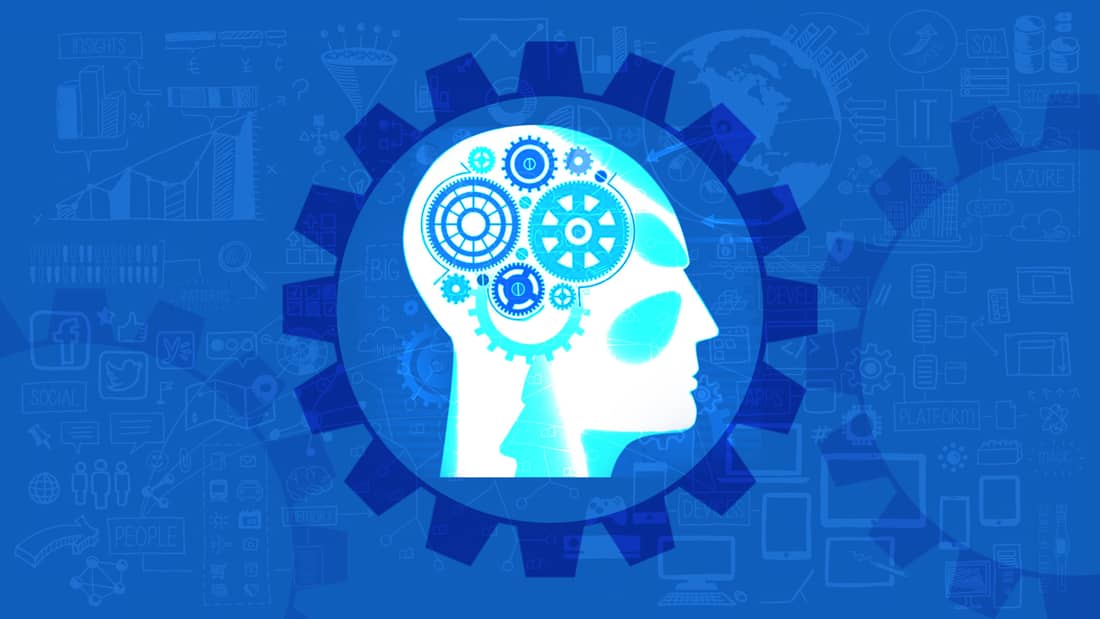Learn Machine Learning By Building Projects
A decade ago, machine learning was simply a concept but today it has changed the way we interact with our technology. Devices are becoming smarter, faster and better, with Machine Learning at the helm...
- All levels
- English

Course Description
A decade ago, machine learning was simply a concept but today it has changed the way we interact with our technology. Devices are becoming smarter, faster and better, with Machine Learning at the helm. With Machine Learning becoming the next latest trend, we though it was time that learning machine learning should also shift from big companies to the hands of anyone who wanted to expand their c...
A decade ago, machine learning was simply a concept but today it has changed the way we interact with our technology. Devices are becoming smarter, faster and better, with Machine Learning at the helm.
With Machine Learning becoming the next latest trend, we though it was time that learning machine learning should also shift from big companies to the hands of anyone who wanted to expand their careers in Machine Learning and AI.
For this reason, we have designed a complete and comprehensive Projects in Machine Learning course that offers a hands-on experience with ML and how to build actual projects using the Machine Learning algorithms. This course is a follow up to our Introduction to Machine Learning course and delves further deeper into the practical applications of Machine Learning.
Using 12 different projects, the course focuses on breaking down the important concepts, algorithms, and functions of Machine Learning. The course starts at the very beginning with the building blocks of Machine Learning and then progresses onto more complicated concepts. Each project adds to the complexity of the concepts covered in the project before it.
We have tried to take a more exciting approach to Machine Learning, by not working on simply the theory of it, but instead by using the technology to actually build real-world projects that you can use. You will learn how to write the codes and then see them in action and actually learn how to think like a machine learning expert.
See more See lessWhat you’ll learn
- Project 1 - Breast Cancer Detection - In this project, you will use the K-nearest neighbor algorithm to help detect breast cancer malignancies by using a support vector machine.
- Project 2 - Board Game Review - You will learn how to perform a linear regression analysis by predicting the average reviews on a board game in this project.
- Project 3 - Credit Card Fraud Detection - In this project, you are going to do a credit card fraud detection and going to focus on anomaly detection by using probability densities.
- Project 4 - Stock Market Clustering Project - In this project, you will use a K-means clustering algorithm to identify related companies by finding correlations among stock market movements over a given time span.
- Project 5 - Diabetes Onset Detection - In this project, you will fine-tune a deep learning neural network by performing a grid search to detect the onset of diabetes based on patient data.
- Project 6 - Markov Models and K-Nearest Neighbor Approaches to Classifying DNA Sequences - In this project, you will learn about bioinformatics by using Markov models and K-nearest neighbor (KNN) algorithms to classify E. Coli DNA sequences.
- Project 7 - Getting Started with Natural Language Processing In Python - This project will cover Natural Language Processing (NLP) methodology, including tokenizing words and sentences, part of speech identification and tagging, and phrase chunking.
- Project 8 - Obtaining Near State-of-the-Art Performance on Object Recognition Tasks Using Deep Learning - This project will use the CIFAR-10 object recognition dataset as a benchmark and will implement a recently published deep neural network that can obtain similar results to state-of-the-art networks.
- Project 9 - Image Super Resolution with the SRCNN - In this tutorial, we will implement and use a Tensorflow version of the Super Resolution Convolutional Neural Network (SRCNN) to improve the image quality of degraded images.
- Project 10 - Natural Language Processing: Text Classification - This project will take an advance approach to Natural Language Processing by solving a text classification task using multiple classification algorithms, including a Naive Bayes classifier, SGD classifier, and linear support vector classifier (SVC). So, what are you waiting for? Become a machine learning magician with this extensive course!
- Project 11 - K-Means Clustering For Image Analysis - In this project, you will learn how to use K-Means clustering in an unsupervised learning method to analyze and classify 28 x 28 pixel images from the MNIST dataset.
- Project 12 - Data Compression & Visualization Using Principle Component Analysis - This project will show you how to compress our Iris dataset into a 2D feature set and how to visualize it through a normal x-y plot using k-means clustering.
Covering Topics | Program Insights
Section 1 : Breast Cancer Detection
Section 2 : Board Game Review Prediction
Section 3 : Credit Card Fraud Detection
Section 4 : Stock Market Clustering
Section 5 : Diabetes Onset Detection
Section 6 : DNA Classification - The Dataset
Section 7 : Intro to Natural Language Processing
Section 8 : Object Recognition
Section 9 : Image Super Resolution
Section 10 : Text Classification
Section 11 : KMeans
Section 12 : PCA
Curriculum
Frequently Asked Questions
This course includes
- Lectures 48
- Duration 13 Hour
- Language English
- Certificate No





